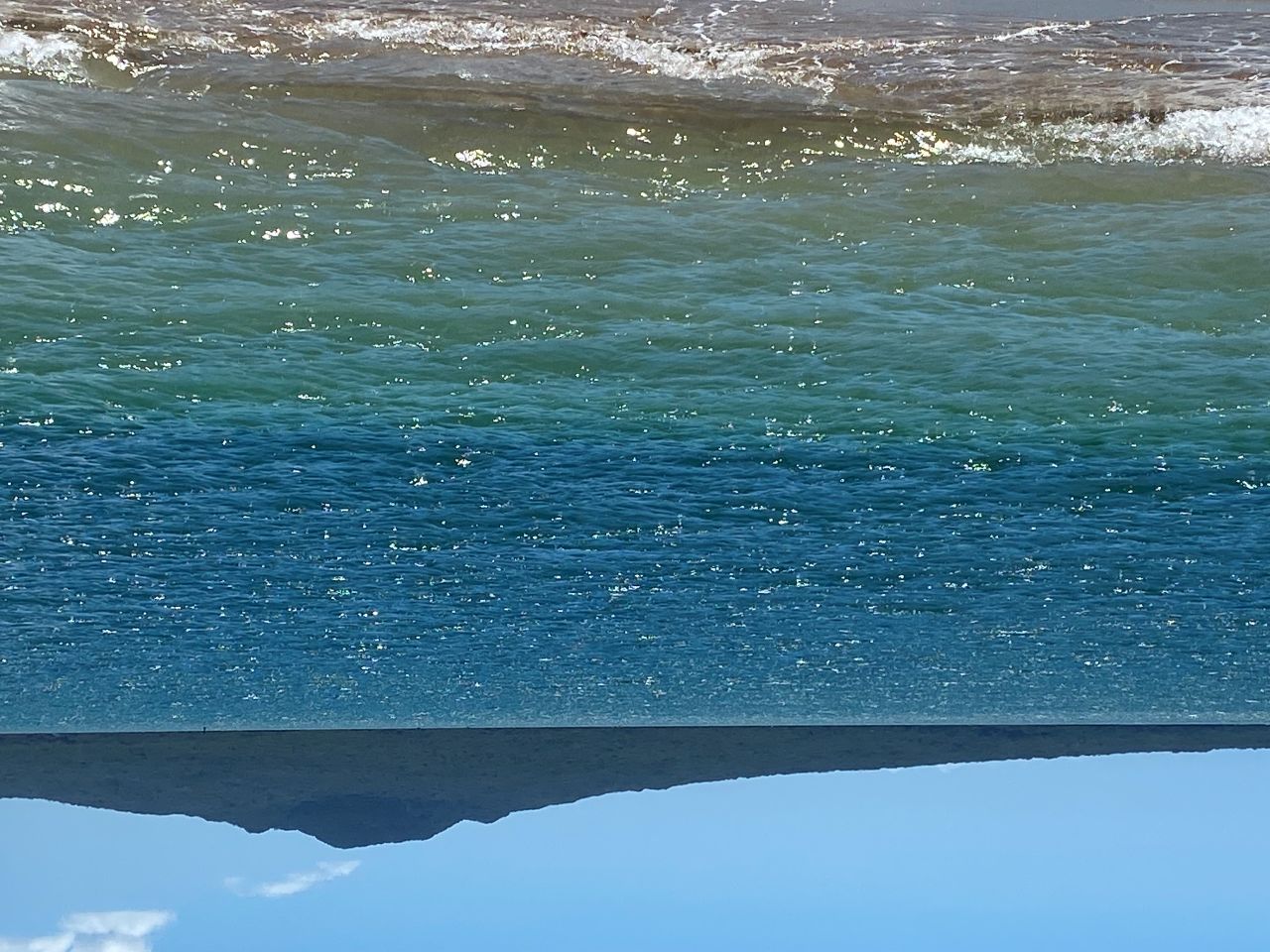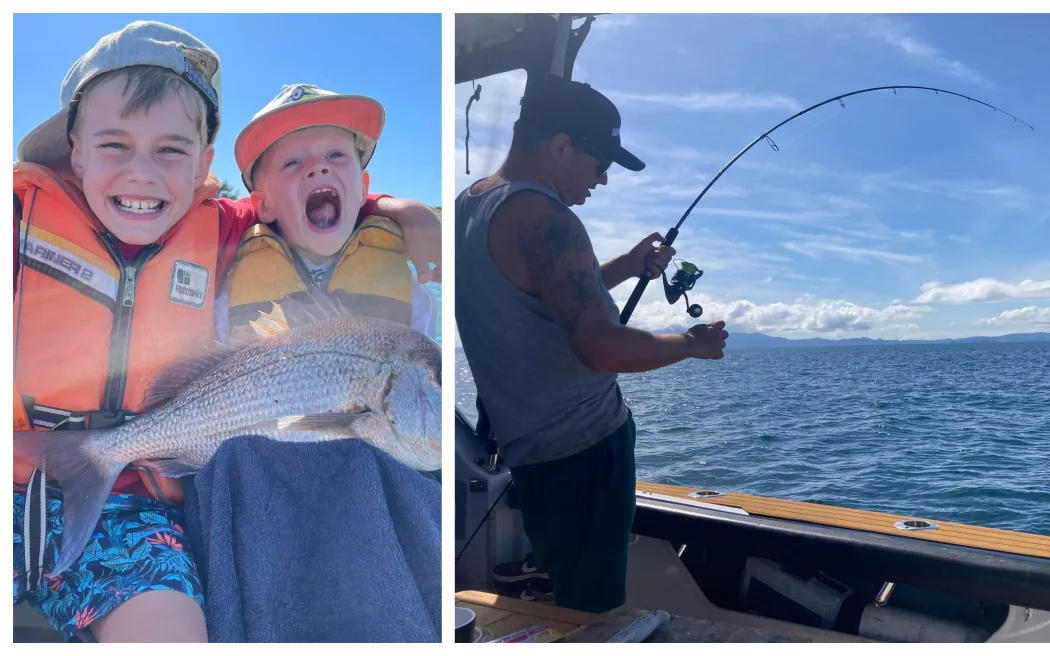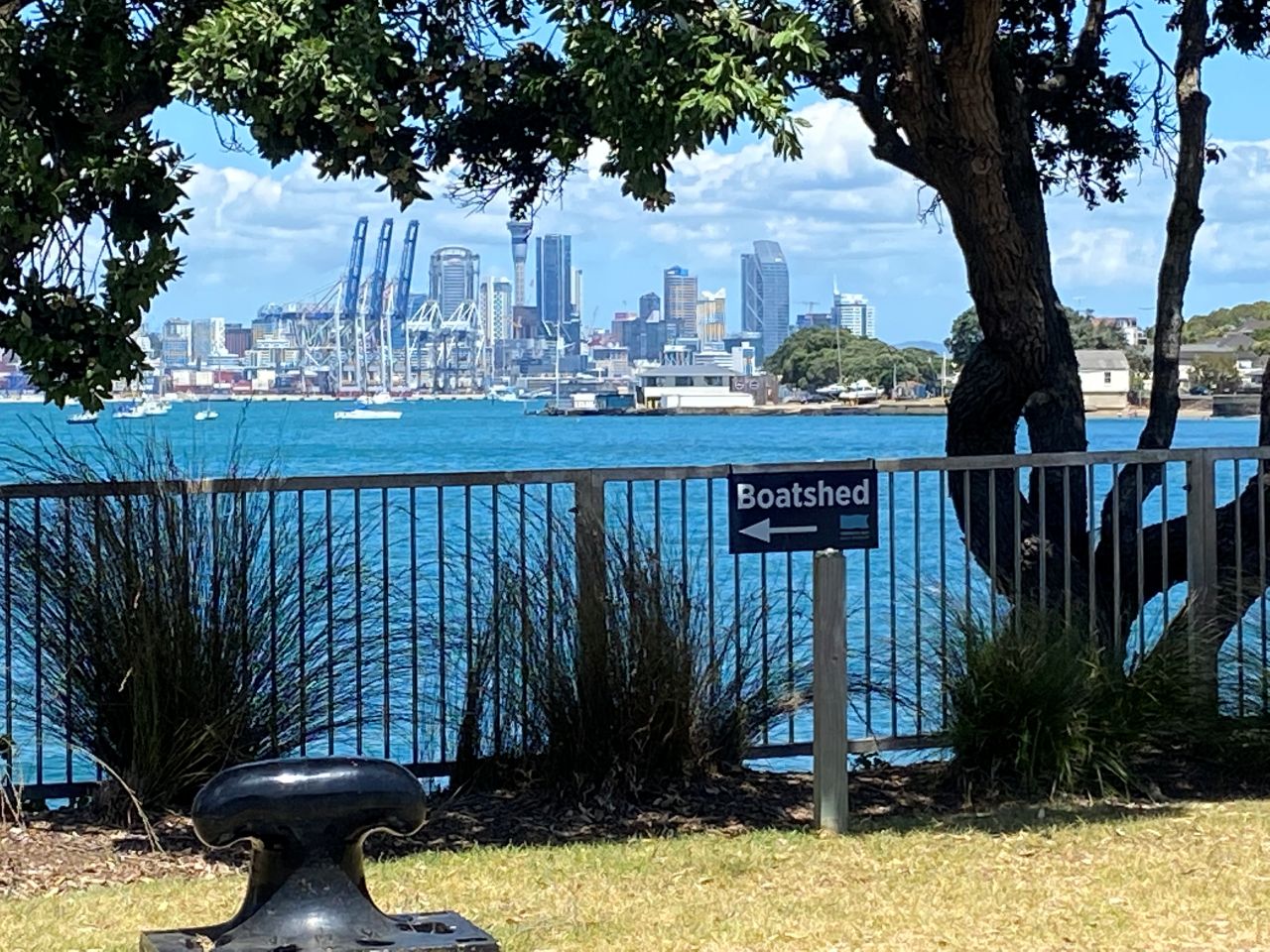Debate Grows Over Commercial Fishing in Newly Protected Hauraki Gulf Zones
Matakana Coast App
22 November 2025, 12:30 AM

The Hauraki Gulf / Tīkapa Moana is facing well-documented ecological decline, prompting the Government to introduce a suite of new protected areas under the Hauraki Gulf Marine Protection Act 2025. The reforms promise some of the most substantial marine protections in New Zealand’s recent history. Yet, within the network of new high protection areas, exceptions allowing certain commercial fishing activities have drawn criticism and confusion from conservation groups and the public.
While most of the newly designated zones prohibit both recreational and commercial fishing, two high protection areas, around Rangitoto–Motutapu and Kawau Island, permit limited commercial ring-netting under specific conditions. The allowance has raised questions about the integrity of the protection measures and the political negotiations underpinning the legislation.

Ben Chissell, organiser of the One Ocean Protest in Auckland this morning, fishing on the Hauraki Gulf, with his family. Photo: supplied
Under the Act, high protection areas are intended to function as no-take zones, safeguarding depleted habitats and enabling depleted fish populations to recover. However, the Government has retained commercial access for a small number of operators who previously fished in these areas between 2021 and 2023.
Officials maintain the exemption is tightly controlled and applies only to ring-netting for kahawai, trevally, and grey mullet during restricted months. They argue the environmental impact of this activity is minimal, citing the limited number of vessels involved and the comparatively low commercial yield.

Conservation organisations dispute this reasoning, saying any commercial extraction from a high protection area undermines the purpose of the designation. They warn that allowing fishing in even a portion of these zones weakens the overall protection framework and risks setting a precedent for further concessions.

The Rationale Behind the Exemptions
Preserving existing rights
The exemptions apply solely to operators with established fishing histories in the affected areas. Officials say removing their access entirely would have significant economic consequences for a small group of commercial fishers.
Claims of limited ecological impact
Ring-netting is considered less damaging than trawling or dredging, methods long criticised for destroying seabed habitats. The Government argues the continuation of ring-netting poses little threat to the broader recovery goals for the gulf.

Political compromise
Behind the scenes, the allowances appear to reflect the political reality of securing support for the package. Negotiations with industry groups and coalition partners reportedly influenced the design of the final protections.
Potential for future adjustment
The Government has indicated the exemptions may be revisited as part of the ongoing “Revitalising the Gulf” strategy, though no commitment has been made regarding their removal.
Concerns from Environmental and Community Groups
Opponents argue the exemptions dilute the definition of high protection areas and compromise the gulf’s recovery. They point to longstanding pressures, including sedimentation, pollution, and historical overfishing, and warn that any continued extraction slows ecological restoration efforts.
The new protection network is widely viewed as a milestone for the gulf, which has suffered decades of cumulative environmental stress. Yet the commercial exemptions continue to attract scrutiny, reflecting the tension between ecological objectives and the political and economic realities of resource management. As monitoring of the protected areas begins, pressure is likely to increase on policymakers to justify the carve-outs, or eventually phase them out entirely, to align the protections more closely with conservation expectations and international marine protection standards.



